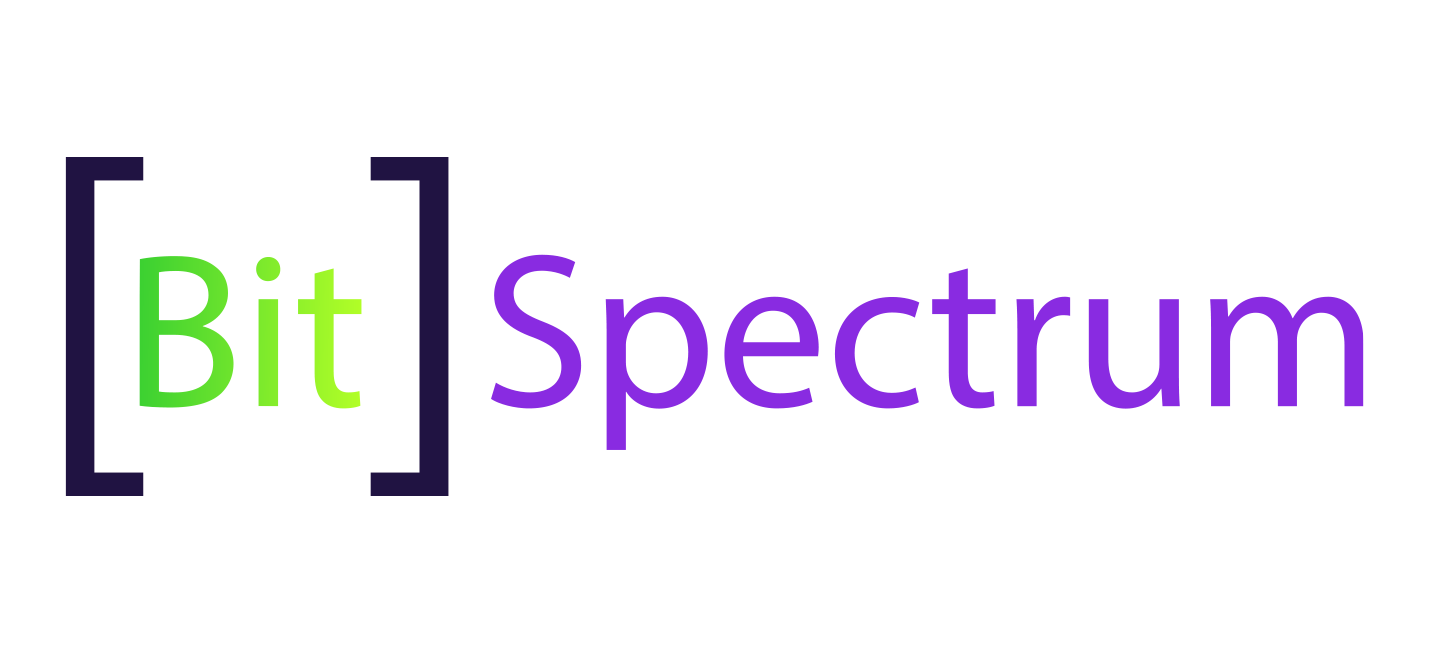If you’ve heard about Decentralized Physical Infrastructure Networks (DePIN) and wondered what they mean or why the buzz is intensifying, you’re not alone. The good news? You don’t need to be a tech wizard or a professional
investor to understand the concept and unlock its potential.
This guide is here to simplify DePIN for you and show how it’s revolutionizing industries like telecommunications, storage, energy, and more. Whether you’re an enthusiast, a tech-forward entrepreneur, or just crypto-curious,
this post will guide you through everything—from what DePIN is, to how it works, and why it might just become the next big wave in blockchain.
TL;DR
Decentralized Physical Infrastructure Networks (DePIN) are blockchain-powered networks that use real-world physical resources, like servers, wireless nodes, or mapping devices, to provide value.
They’re driving the transition from centralized market monopolies (think telecom majors) to decentralized solutions owned and operated by individuals. DePIN can generate passive income for people
who contribute hardware or computational resources while addressing critical market needs like AI training, edge computing, and renewable energy distribution.
Why the World Suddenly Cares About DePIN
The DePIN industry is experiencing explosive growth as more industries adopt blockchain-powered infrastructure. Consider these statistics:
- Funding Growth: Private funding for DePIN projects increased by 140% from 2023 to 2024, with forecasts expecting this trend to continue.
- Market Opportunity: Analysts estimate the 2025 total addressable market (TAM) for DePIN projects will exceed $50 billion across energy, IoT, and web3 compute services.
Additionally, DePIN belongs to the broader “Real-World Assets” (RWA) investment narrative that has captivated traditional financial stakeholders. Unlike speculative crypto investments,
DePIN applications are backed by tangible, income-generating resources. This “real utility” factor is huge for mainstream investors cautious of crypto’s volatility.
This guide will cut through the noise and give you actionable insights to join this movement without the overwhelm.
DePIN 101 – Definitions & Core Concepts
What is DePIN?
At its heart, DePIN refers to blockchain-based networks that use physical resources (nodes) contributed by individuals to perform critical tasks.
These could include hosting data, supporting wireless communications, generating maps, or feeding energy back into decentralized grids. Participants are rewarded with cryptographic tokens for their resource contributions.
How is DePIN Different from DeFi or IoT?
- Decentralized Finance (DeFi): Focuses on digital financial systems with no connection to physical assets.
- IoT (Internet of Things): Centralized and dependent on tech corporations managing connected devices.
- DePIN’s Edge: Combines blockchain, IoT-like tech, and token incentives to empower individuals rather than corporations.
Key Components of DePIN
- Hardware Nodes: Devices that create, store, or share resources (e.g., hotspots, GPUs, sensors).
- Blockchain Technology: Records and automates processes (e.g., token distribution, governance).
- Token Incentives: Users earn tokens for participating by providing their devices and resources.
How DePIN Works Under the Hood
Here’s an example of how a typical DePIN project might flow:
- A user deploys a hardware node (e.g., a Helium hotspot).
- The node contributes resources like bandwidth, computation, or storage to the network.
- Other users or enterprises pay for services (e.g., IoT data transfer).
- Earnings (via tokens) are shared with resource contributors.
Tokenomics Basics
- Schedules: DePIN tokens often follow fixed supply or capped schedules to maintain token value.
- Staking Models: Participants stake tokens to access or enhance rewards.
- Buybacks: Some projects commit revenue for token buybacks, increasing long-term value.
Hardware & ROI
On average, DePIN nodes cost $500–$2,500 upfront, depending on the application (e.g., mining storage tokens or running wireless nodes). Typical ROI times range from 6–18 months. Specific dashboards, like HeliumExplorer, help monitor activity and earnings.
DePIN Market Drivers in 2025
Here are four macro trends fueling DePIN’s growth in the coming years:
- 5G Rollout & Edge Computing Demand: Decentralized wireless networks like Helium are thriving as telcos struggle to handle exploding IoT and 5G data demand.
- Renewable Energy Surplus: Platforms like Sun Exchange use blockchain to incentivize more sustainable energy distribution via DePIN.
- AI Compute & GPU Shortages: AI relies on massive computational budgets, and decentralized High-Performance Computing (HPC) networks like Akash and Render provide scalable solutions.
- Clearer Regulation in RWA: Frameworks in the EU/US are giving investors greater confidence in asset-backed crypto projects like DePIN.
Major DePIN Categories & Flagship Projects
1. Wireless Networks & IoT
- Helium powers decentralized wireless networks for IoT devices.
- Pollen incentivizes mobile data-sharing with its mobile nodes.
2. Compute & AI
- io.net enables GPU rentals for AI processing at a fraction of traditional costs.
- Akash connects businesses with decentralized compute at scale.
3. Storage & Data
- Filecoin provides decentralized cloud data storage.
- Arweave specializes in permanent decentralized data storage.
4. Mapping & Mobility
- Hivemapper decentralizes satellite imagery through user-contributed dash cams.
- DIMO offers data-sharing incentives for connected mobility services.
5. Energy & Weather
- WeatherXM leverages local weather stations for decentralized meteorological data.
- Sun Exchange tokenizes and monetizes solar energy contributions.
Benefits vs. Trade-Offs
Benefits:
- Cost Efficiency: Reduces reliance on expensive, centralized intermediaries.
- Censorship Resistance: Ensures geographic and political neutrality across networks.
- New Revenue Streams: Systems like io.net enable passive income for resource providers like GPU owners.
Trade-Offs:
- Hardware Depreciation: Equipment wear-and-tear must be considered.
- Regulatory Ambiguity: Compliance gaps exist in some jurisdictions.
- Token Volatility: Earnings depend on token pricing, which can be unstable.
Investing in DePIN: DYOR Checklist
1. Metrics to Evaluate:
- Nodes online and their uptime.
- Daily active users (DAU) and revenue growth.
2. Hardware Costs:
Factor in electricity consumption, repair costs, and token returns.
3. Governance Transparency:
Look for projects with public treasuries and governance votes.
Red Flags:
Beware of projects reliant on single centralized hardware manufacturers or excessive token emissions.
The Future of DePIN (2025–2030)
Looking ahead, experts believe DePIN will integrate seamlessly with AI, smart grids, and next-gen finance.
- By 2030, analysts predict a market size exceeding $100 billion.
- Decentralized HPC (high-performance computing) will power AI workloads at unmatched scales.
- Regulatory clarity from frameworks like MiCA in Europe or equivalent US initiatives will further legitimize DePIN markets.
Getting Started: Your First DePIN Node in 30 Minutes
1. Select a Category
- Own unused GPUs? Choose compute networks like io.net.
- Solar panels? Explore energy markets like Sun Exchange.
2. Order or Build Hardware
Purchase pre-configured miners or repurpose your existing equipment.
3. Connect Your Wallet
Install firmware, link your wallet, and start contributing your resource to earn tokens.
4. Monitor Rewards
Leverage dashboards like Hivemapper or Helium to track daily earnings.
Reinvest or Diversify
Use your earnings to join other DePIN categories to minimize risk and grow revenue streams.
Frequently Asked Questions (FAQs)
Is DePIN legal in my country?
While most countries allow DePIN participation, specific hardware like IoT sensors may require local licensing.
How much upfront investment is required?
This depends on the category. IoT projects can start for under $500, while compute-focused projects may require $2,000–$3,000.

